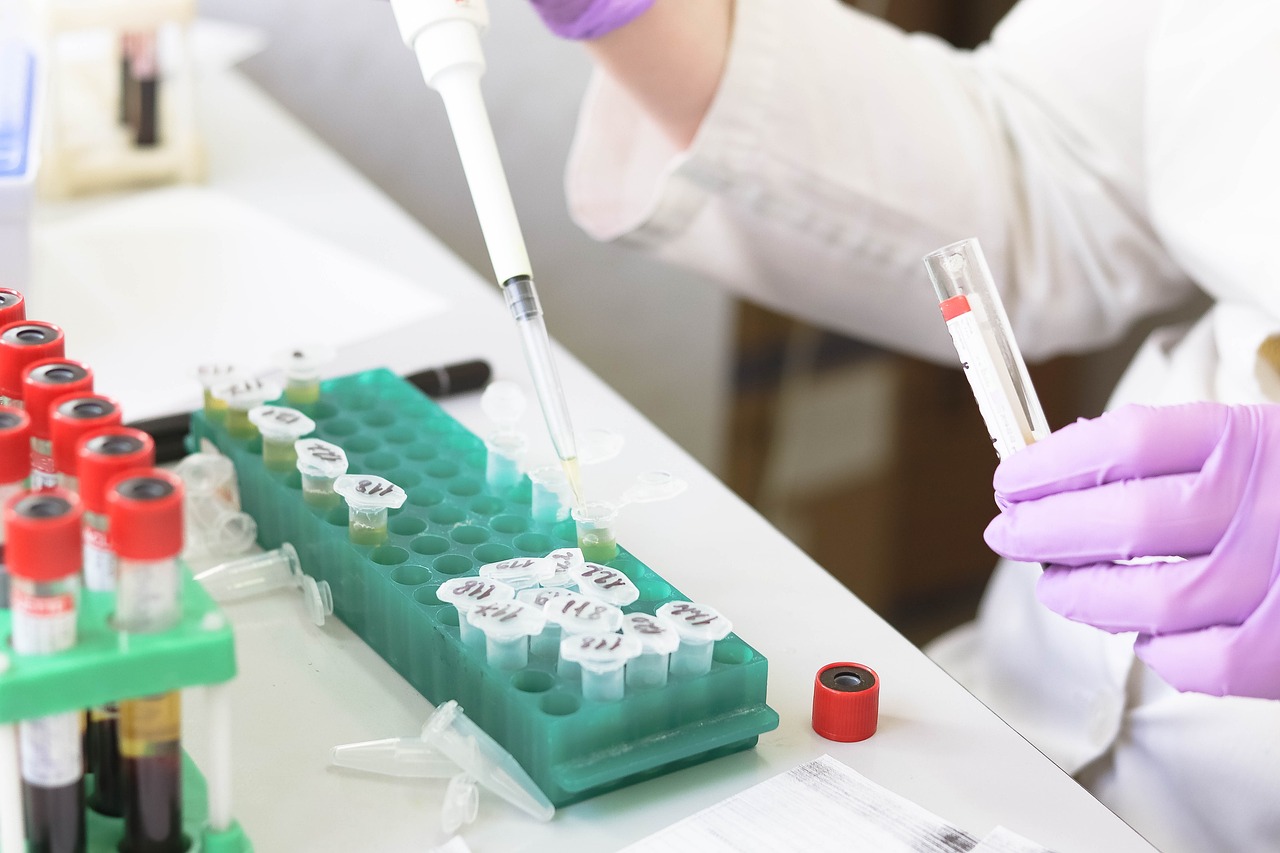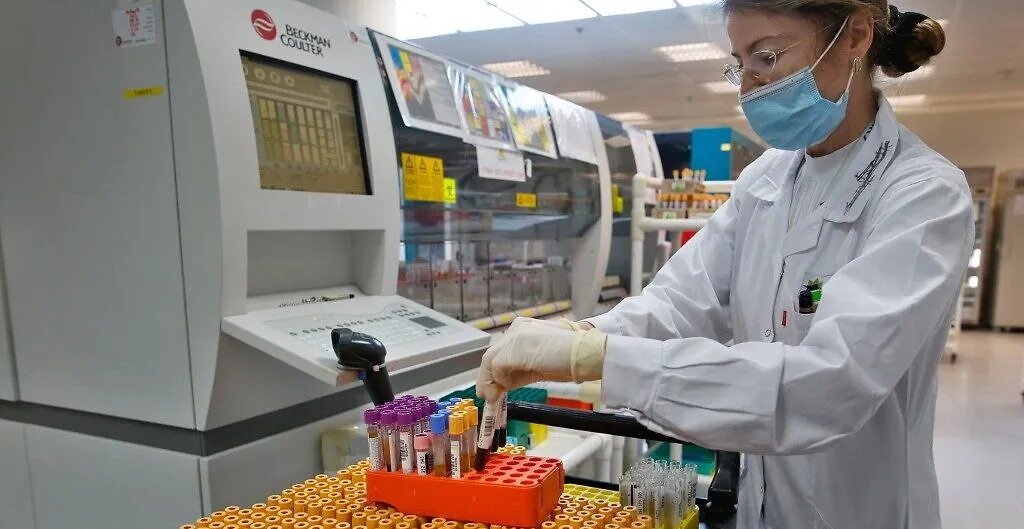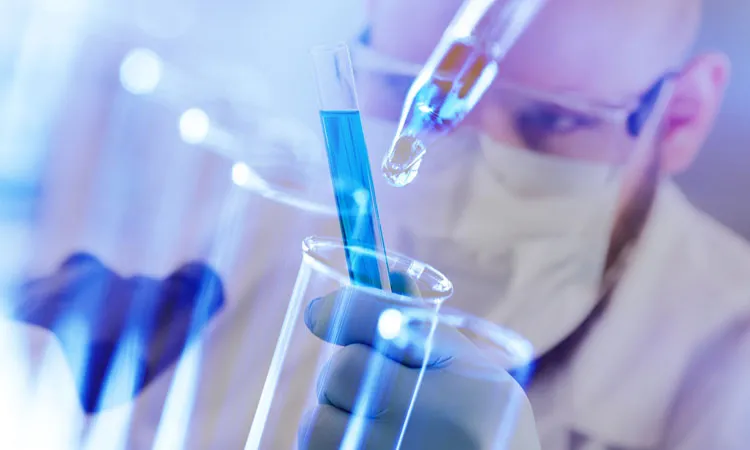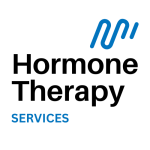Hormone Levels Testing

Let’s review each type of test in detail.
Testosterone Test
A testosterone test measures the blood level of the male sex hormone testosterone. Testosterone, which plays an important role in sexual development, is produced mainly by the testes in men and in much smaller amounts by the ovaries in women. Testosterone is also produced by the adrenal glands in both women and men.
In young boys, testosterone levels are normally low. As puberty approaches — usually between the ages of 10 and 14 — the pituitary gland (a pea-sized gland near the base of the brain) secretes two hormones (luteinizing hormone, or LH; and follicle-stimulating hormone, or FSH) that work together to stimulate the testes to make testosterone.
Increased testosterone production is what causes men to develop deeper voices, bigger muscles, and body and facial hair. It also helps the testes produce sperm, and it plays a role in speeding growth in height during puberty. Testosterone is also important for bone health.
Two separate assessments may be performed as part of a testosterone test:
- total testosterone, which measures the entire amount of testosterone in the body, including both the amount bound to proteins that help transport the hormone through the bloodstream and free testosterone;
- free testosterone, which measures only the testosterone that’s not attached to proteins.
The doctor may order one or both tests. However, because sexual development involves many other hormones, a more complete picture can often be obtained by performing other tests at the same time, including an LH or FSH test.
For example, low levels of testosterone can be due to a problem with the testes’ production of testosterone or to the pituitary gland not making enough of the hormones that stimulate the testes to produce testosterone.
Why It’s Done
Doctors may order a testosterone blood test if a boy appears to be entering puberty earlier or later than expected. High levels are associated with precocious (early) puberty, while low levels may indicate a delay in sexual development. In girls, high levels can be associated with the appearance of masculine characteristics, such as facial hair.
The test may also be used in either men or women to check for damage or disease of the testes, ovaries, adrenal glands, or pituitary gland, or to check for steroid use.
In teens and adults, testosterone levels can help doctors evaluate fertility or menstrual problems and sexual function.
Preparation
No special preparations are needed for this test. The doctor may want to perform the test in the morning when testosterone levels usually are highest.
On the day of the test, it would be helpful to wear a T-shirt or short-sleeved shirt to allow easier access for the technician who will be drawing the blood.
The Procedure
A health professional will clean the skin surface with antiseptic, and place an elastic band (tourniquet) around the upper arm to apply pressure and cause the veins to swell with blood. Then a needle is inserted into a vein (usually in the arm inside of the elbow or on the back of the hand) and blood is withdrawn and collected in a vial or syringe.

After the procedure, the elastic band is removed. Once the blood has been collected, the needle is removed and the area is covered with cotton or a bandage to stop the bleeding. Collecting blood for this test will only take a few minutes.
What to Expect
Collecting a sample of blood is only temporarily uncomfortable and can feel like a quick pinprick. Afterward, there may be some mild bruising, which should go away in a few days.
Getting the Results
The blood sample will be processed by a machine and the results are commonly available after a few days.
Risks
The testosterone test is considered a safe procedure. However, as with many medical tests, some problems can occur with having blood drawn. These include:
- fainting or feeling lightheaded;
- hematoma (blood accumulating under the skin causing a lump or bruise);
- pain associated with multiple punctures to locate a vein.
HGH Testing
HGH test measures the amount of growth hormone (GH) in your blood.
GH is made in your pituitary gland. It affects height, bone, and muscle growth in children. It affects how adults feel and look, as well as their bone and muscle health.
GH is made in a pulse-like manner. Most GH is made while you sleep. When you’re awake, little or possibly no GH is found in your blood. That makes it hard to test your GH level.
Specialists have developed methods to figure out if you make too much or too little by testing your blood over time after you have been given a suppressing agent, such as glucose, or a stimulating agent, like insulin.
Why do I need this test?
You may need this test if your healthcare provider suspects you have a GH problem. Signs include:
- decreased bone density;
- reduced muscle strength;
- increased lipid levels, or fats in your blood.
Acromegaly, or excessive GH disease. Acromegaly refers to excessive enlargement of the limbs from the thickening of bones and soft tissue. This is caused by too much GH. In adults who have stopped growing, the areas most affected are the face, jaw, hands, and feet.
You may also have this test if you have been given GH treatment, so your healthcare provider can watch your dosage and change it if needed.
You may have this test if you are a young adult who has been taking GH for years but may no longer need it. You may also need this test if you have acromegaly, so your healthcare provider can keep an eye on your disease.
What other tests might I have along with this test?
Your healthcare provider may also order a blood test for insulin-like growth factor-1 (IGF-1). GH tells your liver to make IGF-1, so usually, GH and IGF-1 are correlated. GH is secreted in pulses while you sleep, but IGF-1 is always found in your blood. That makes it much easier to find IGF-1 in your blood than GH.
Your healthcare provider may also order other tests to look for a possible growth hormone deficiency. These tests include:
- Insulin tolerance;
- growth-hormone-releasing hormone;
- Insulin-like growth factor-binding protein 3 (IGFBP-3);
- tests that use other medicines like clonidine or glucagon.
If your healthcare provider suspects that you have excess growth hormone, he or she may order an oral glucose tolerance test or tests of other hormones.
What do my test results mean?
Test results may vary depending on your age, gender, health history, the method used for the test, and other things. Your test results may not mean you have a problem. Ask a healthcare provider what your test results mean for you.
If your levels are higher, it may mean you have:
- acromegaly in adults;
- gigantism in children;
- noncancerous pituitary gland tumor in adults.
If your levels are lower, it may mean you have:
- growth hormone deficiency;
- hypopituitarism;
- noncancerous pituitary gland tumor in adults.
Levels that are higher or lower may also be caused by chronic malnutrition, cirrhosis, and stress from surgery or a serious infection.

How is this test done?
The test is done with a blood sample. A needle is used to draw blood from a vein in your arm or hand. Several samples may be taken over a set period of time.
Does this test pose any risks?
Having a blood test with a needle carries some risks. These include bleeding, bruising, and feeling lightheaded. When the needle pricks your arm or hand, you may feel a slight sting or pain. Afterward, the site may be sore.
What might affect my test results?
Certain foods and beverages, especially those high in protein, can affect your results. Certain medicines, including oral contraceptives containing estrogen, can also affect your results. Great physical or emotional stress and sleeping can affect your results.
How do I get ready for this test?
A healthcare provider may ask you to stop taking oral estrogens for a time before this test. You also may be told to not eat or drink anything but water for a certain amount of time before the test.
Be sure a healthcare provider knows about all medicines, herbs, vitamins, and supplements you are taking. This includes medicines that don’t need a prescription and any illegal drugs you may use.
Fr any additional questions be sure to apply for a free consultation with our qualified expert.
GET A FREE CONSULTATION TODAY
FREQUENTLY ASKED QUESTIONS
Finding an HGH therapist might prove to be challenging, especially now that there are quite a number of them who offer similar services. However, if you want to find the best therapist, you will need to do your research by considering factors such as credibility, licensing, professionalism, and experience to mention a few.
There are various ways you can boost the levels of HGH in the body, namely HGH injections, HGH releasing peptides, and even natural ways. Some of the natural ways include exercising, getting enough sleep, reducing stress, a healthy diet, and intermittent fasting. HGH injections, on the other hand, is whereby the growth hormones are directly administered into the body and gets absorbed into the bloodstream directly. Lastly, peptide injections stimulate the pituitary glands to produce the growth hormone naturally.
When it comes to the HGH therapy treatments, it is best to first consult your doctor in order to know the exact dosage you should be taking on a daily. Remember, our bodies are different, and self-medicating yourself might lead to either an overdose or an under dose; both of which are harmful.
In healthy men, testosterone levels between 350 ng/dL and 1000 ng/dL are referred to as “normal.” Normal physiology allows the brain and the testes to work together to keep testosterone in this range. The brain produces “signal” hormones that are responsible for stimulating testosterone production. These signals are periodically released, which in turn stimulates testosterone production. When levels of testosterone are in an acceptable range, the production of the signal hormones are slowed, which in turn allows the testosterone levels to decrease.
Hypogonadism, in a male, refers to a decrease in either testosterone production, sperm production, or both. The medical professionals at Low T Center address the testosterone aspect of this condition. Decreased sperm production requires a careful, thorough evaluation by a fellowship-trained specialist.
Benefits of testosterone replacement therapy vary based upon the pre-therapy symptoms and other factors, but they can include the following: increased energy; decreased irritability and depression; improved muscle mass and strength; improved sexual desire; improved visuospatial cognitive function and verbal memory; higher motivation; decreased body fat (optimal results received through accompaniment of a diligent diet and exercise regimen); possible improvement in erectile function; thicker skin.
